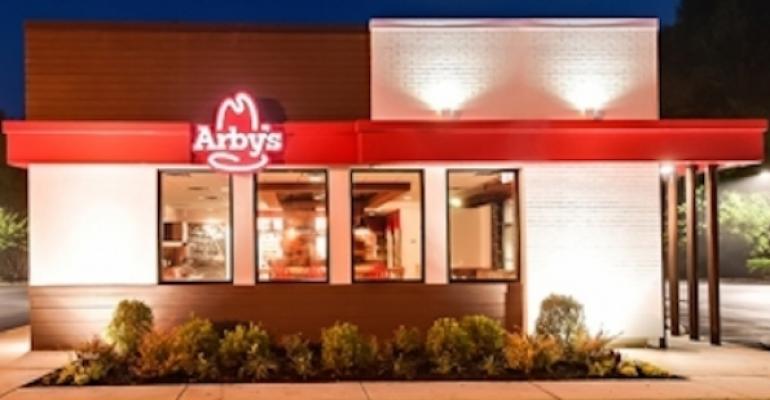 Roark Capital bought Arby’s from Wendy’s in 2011. The next year, Arby’s started selling company-owned restaurants to franchisees. It was almost like clockwork.
Roark Capital bought Arby’s from Wendy’s in 2011. The next year, Arby’s started selling company-owned restaurants to franchisees. It was almost like clockwork.
But then a curious thing happened: After a couple of big deals, the company stopped selling.
This was much to the chagrin of a franchisee or two that was eager to buy company-owned locations at a low price. But the company and its CEO, Paul Brown, opted against it.
That move was almost shocking. Refranchising deals tend to follow acquisitions of downtrodden franchised concepts like sale-leaseback demands follow restaurant activist investor filings. It’s almost automatic in the restaurant business.
Then again, Brown wasn’t in the restaurant industry before he took the Arby’s job in 2013, having come from Hilton Worldwide and before that Expedia. Maybe he didn’t get the memo.

But, as it turns out, the decision to stop refranchising was a good move for the Atlanta-based sandwich chain, which currently owns 940 of the 3,300 stores in the system, or 28 percent.
How good? In the years since, Arby’s average unit volumes have increased more than $200,000.
And that’s a profitable increase. As we reported a couple of weeks ago, Arby’s has worked to increase sales profitably by developing limited time offers that don’t add many new SKUs or giant pieces of equipment to prepare. So Arby’s gets the benefit of the added profit on that $200,000 — not to mention the company’s franchisees.
“There’s wonderful operating leverage in the business when our top line starts to grow,” Arby’s CEO Paul Brown said. “Our P&L has benefitted greatly from operating leverage.”
Typically, companies keep a percentage of restaurants as a way to show franchisees that they have skin in the game, and that they’re concerned with profits, too. And you can bet that Arby’s wasn’t going to offer up any products that were thin on margins. The move also likely gave the company some credibility with franchisees.
But plenty of other chains with few or no stores have themselves done a good job ensuring that operators can make money running their stores. The strategies at Burger King — using fewer, more profitable limited time offers that don’t increase operational complexity — sound much like those at Arby’s. Burger King refranchised all but about 50 of its restaurants.
The uniqueness in this instance is that Arby’s made a bet a few years ago that its strategies would pay off over the long term and that the company would benefit from a financial sense — not just in a franchisee relationship context.
 Many investors, private equity and otherwise, push refranchising because franchising has higher profit margins than store ownership. There are also fewer capital costs, and some protections from food and labor cost increases and economic shifts.
Many investors, private equity and otherwise, push refranchising because franchising has higher profit margins than store ownership. There are also fewer capital costs, and some protections from food and labor cost increases and economic shifts.
But it’s important to note that equally astute investors on the franchisee side love it when franchisors unload restaurants — because they can quickly improve those stores’ operations and ramp up profits to generate a good return. Several private equity funded franchisees have grown awfully large based on refranchising deals. Restaurant operations may have thinner margins, but they generate more cash than franchising.
For what it’s worth, Brown will not rule out refranchising in the future, but says that the company is comfortable with its ownership ratio.
Still, Arby’s example might be a lesson for other struggling restaurant franchisors. Maybe, instead of selling those locations, those chains would be better off keeping their stores, improving their restaurant operations, focusing on generating profitable sales, and — like Arby’s — reaping the benefits of those higher profits down the line.

